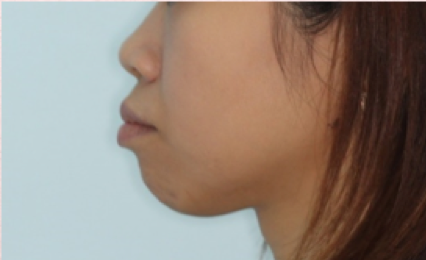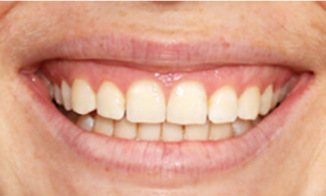All orthodontic movement works on Newtons 3rd law of motion which is that every force will generate and equal and opposite force. In orthodontics, when we seek to move a tooth, other teeth will act as anchors to as the force is transmitted to the tooth that we want to move. Much like using a rope to pull something towards you, you are therefore the anchor as you pull on the rope. So for us orthodontists, these anchors are other teeth in the mouth. Unfortunately, all teeth have a tendency to move even when they are used as anchors. As a result of this “slippage”, certain movements is orthodontics were either difficult to perform or very simply not possible.
The invention of the temporary anchorage device allowed movements that were once not feasible to now be part of mainstream orthodontics. This has opened up a whole new world for the orthodontic patient where they were once told that these movements are simply not feasible. Here are a few examples:
- Correction of teeth that are leaning forward (Bimaxillary proclination)
In the past, the amount of retraction of the front teeth was maybe 3 to 4 mm. With microimplants, 7 mm is entirely possible. With this, the change in the profile is much more dramatic, giving the patient a more even profile, with the lips being less “full”.

- Correction of a gummy smile
The use of microimplants can also be used to correct situations where there is too much gums showing when the patient smiles. In the past, the only way to correct this situation was via jaw surgery.

- Avoiding extractions
With the use of special implants that are inserted into the palate, it is not possible to align teeth where in the past, extractions would have been necessary. These microimplant supported devices are so strong that the can pull the molars backwards and in so doing, create space for the front teeth to be aligned. Considering that having to extract teeth is one of a patient’s greatest fears when it comes to orthodontics, this promises to be a game changer to the way orthodontics will be practiced for years to come.


